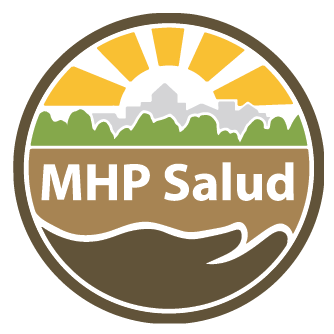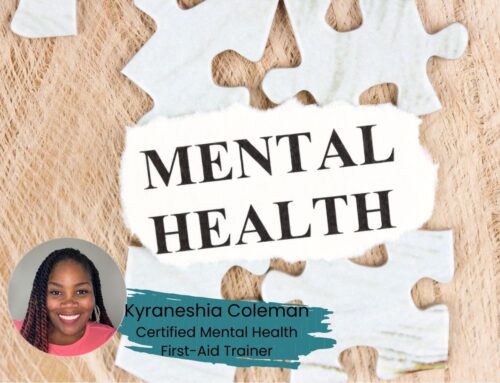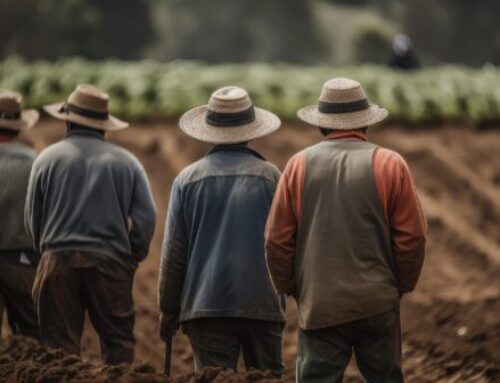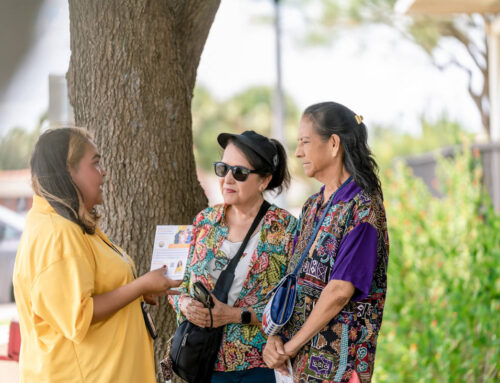Food Insecurity in the United States
Published July 2020 | Category: Community Health
Consistent and reliable access to food is a challenge that millions of Americans face at some point throughout the year. Food insecurity is when a household has difficulty providing enough food for the entire family due to factors such as financial hardship and lack of access to resources such as social service and government programs.1 In 2018, nearly 14.3 million households were food insecure.2
The United States Department of Agriculture categorizes food insecurity in two ways:
- Low food security: “Reports of reduced quality, variety, or desirability of diet. Little or no indication of reduced food intake.”
- Very low food security: “Reports of multiple indications of disrupted eating patterns and reduced food intake.”1
Food insecurity can be influenced by several factors including income, unemployment, race and ethnicity, and disability.3 For example, groups that face higher rates of unemployment and poverty, have a more difficult time meeting basic household food needs3 and for some individuals that have disabilities, or for those that face language or cultural barriers, accessing and applying for food assistance is a major challenge.6 Additionally, the risk for food insecurity is greater in communities where individuals have limited access to full-service supermarkets or grocery stores that sell fresh and nutritious foods.3 Often called food deserts, these communities are usually low-income and predominantly Hispanic, African American, or rural.9
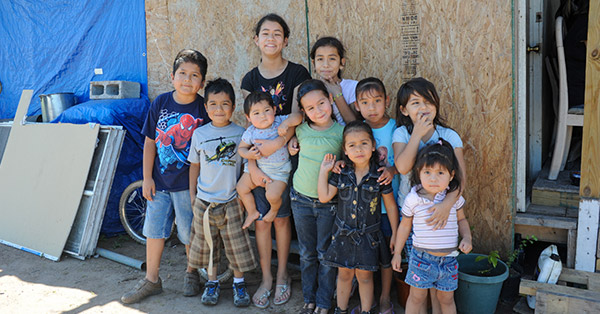
The Impact of Food Insecurity
The elderly, children, African Americans, Latinos, and those living in rural and vulnerable communities are most likely to experience food insecurity.5 In fact, in 2016, nearly 1 in 3 low income households were food insecure.3 African Americans were twice as likely to be food insecure as other groups, and the prevalence of food insecurity in Hispanic households was 18.5% compared to the national average of 12.3%.6 The effects of food insecurity are compounded by disproportionate rates of chronic illness and disease experienced by many low-income African Americans and Hispanics living within vulnerable communities.8
While food insecurity may disproportionately affect vulnerable communities, it can have a negative impact on any individual. It is often associated with poor nutritional outcomes, obesity, poor mental health, and other serious conditions.5 Further, studies show that children living in food insecure homes are more likely to have poor health, have poor body mass index (BMI), and experience behavioral issues.5
Addressing Food Insecurity
Federal assistance programs such as the Woman, Infant, and Children’s program (WIC) and the Supplemental Nutrition Assistance program (SNAP) provide monetary assistance to help reduce barriers to accessing healthy food. However, many households that face food insecurity may not qualify for assistance7, may be unaware of the programs due to lack of information and language barriers, or may not apply at all due to fear and cultural stigma.
Many organizations across the country implement community based programs that provide application assistance and information to vulnerable populations. These organizations often connect families to resources such as local food banks and hunger relief organizations. Many individuals who don’t qualify for assistance rely on the free or low-cost foods these organizations provide to ensure every member of their family is fed.
Use Feeding America’s Nationwide Network of Food Banks search tool to find information on community food banks and food assistance programs in your area.
1. https://www.ers.usda.gov/topics/food-nutrition-assistance/food-security-in-the-us/definitions-of-food-security.aspx
2. https://www.ers.usda.gov/webdocs/publications/94849/err-270.pdf?v=8227.3
3. https://www.healthypeople.gov/2020/topics-objectives/topic/social-determinants-health/interventions-resources/food-insecurity
4. https://www.feedingamerica.org/hunger-in-america
5. https://digitalcommons.winthrop.edu/cgi/
6. https://hungerandhealth.feedingamerica.org/understand-food-insecurity/
7. https://www.ers.usda.gov/webdocs/publications/84973/err-237.pdf?v=42979
8. https://www.ncbi.nlm.nih.gov/books/NBK109844/
9. https://www.ncbi.nlm.nih.gov/pmc/articles/PMC3482049/
Blog Topics
About MHP Salud

MHP Salud has over 35 years of experience implementing CHW programs and training organizations looking to start and/or strengthen their own CHW programs. Visit our CHW Training & Consulting Services page to learn more about how we can help.
